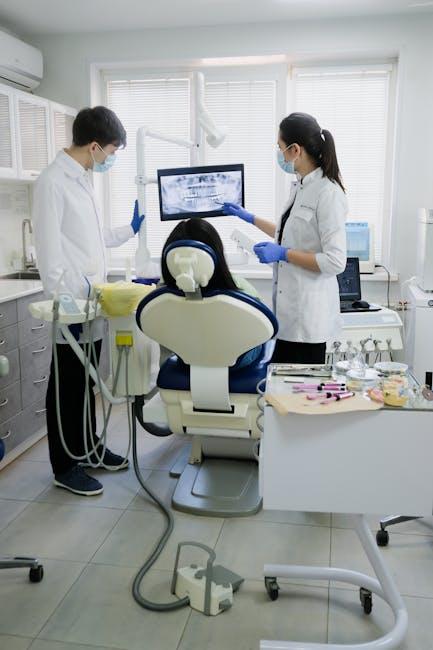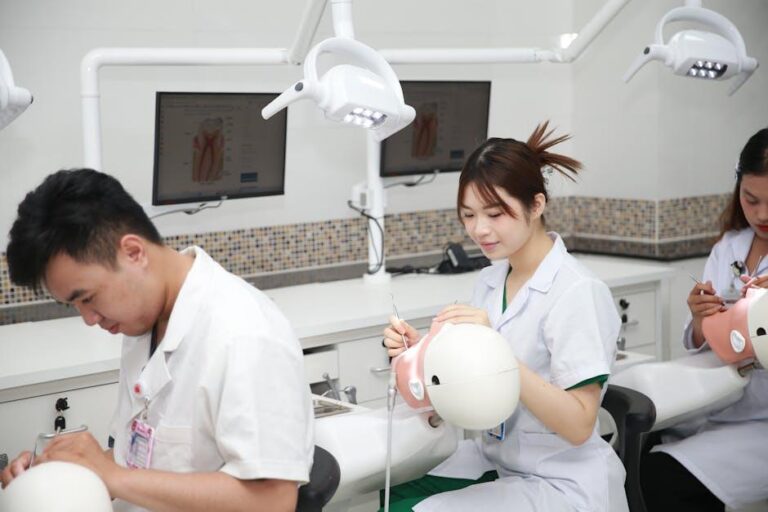
Are Dental Assistants the New Dental Hygienists? Some Seem to Think So
In the ever-evolving world of dental care, the roles of dental professionals continue to adapt to meet patient needs and improve practice efficiencies. A growing conversation within the dental community, including experts at DentistryIQ.com, is whether dental assistants are becoming the new dental hygienists. But is this a simple role swap — or are there deeper changes shaping the landscape of oral healthcare?
The Changing Landscape of Dental Care Professionals
Traditionally, dental hygienists and dental assistants have had clearly defined roles within dental practices. However, increasing patient volume, advanced technology, and evolving regulations have blurred the lines between these two positions in some settings. Let’s break down their typical responsibilities to understand the shift better.
Typical Roles & Responsibilities
| Role | Primary Responsibilities | Required Education/Certification |
|---|---|---|
| Dental Assistant |
|
Certificate/diploma (1 year or less); some states require licensure or certification |
| Dental Hygienist |
|
Associate degree (2 years) or bachelor’s degree; must be licensed in all states |
Why Do Some Believe Dental Assistants are the New Dental Hygienists?
Several emerging trends contribute to this belief. Below, we explore key reasons why dental assistants are starting to take on many tasks formerly reserved for dental hygienists:
1. Expanded Duties for Dental Assistants
Legislative changes in many states have expanded the scope of practice for dental assistants. In some cases, dental assistants can now perform preventive care duties like polishing, fluoride application, and patient education — tasks traditionally done by hygienists.
2. Workforce Shortages and Cost Efficiency
With a shortage of licensed dental hygienists in certain regions, dental practices sometimes utilize highly skilled dental assistants to fill gaps. Additionally, dental assistants typically command lower salaries than hygienists, making them an attractive option for cost-conscious practices.
3. Advancements in Training Programs
The development of advanced training and certification programs for dental assistants has bolstered their skill sets, enabling them to handle more complex clinical responsibilities.
Benefits of Dental Assistants Taking on Expanded Roles
The evolving capabilities of dental assistants bring several benefits to dental practices and patients alike:
- Improved Practice Efficiency: Delegating preventive treatments to dental assistants frees hygienists to focus on more complex cases, speeding up patient flow.
- Enhanced Patient Experience: Patients often benefit from quicker appointments and consistent care when assistants are cross-trained.
- Career Growth Opportunities: Dental assistants gain valuable skills and potential for higher salaries by expanding their roles.
Practical Tips for Dental Practices Considering Role Expansion
If you’re a dentist or office manager thinking about allowing dental assistants to take on some hygienist duties, consider these best practices:
- Review State Regulations: Confirm the legal scope of duties permitted for dental assistants in your state.
- Invest in Training: Ensure dental assistants complete accredited programs for new clinical skills.
- Maintain Quality Control: Monitor patient outcomes closely to uphold high standards of hygiene care.
- Communicate With Your Team: Foster collaboration between hygienists, assistants, and dentists to clarify roles.
Case Study: A Midwestern Dental Practice’s Experience
At SmileBright Dental, a busy midwestern practice, expanding dental assistant roles has revolutionized workflow. According to the office manager:
“Training our dental assistants to perform fluoride treatments and sealants has allowed our hygienists to dedicate more time to periodontal care. Patient satisfaction scores have increased by 15%, and our practice volume grew by 20% within six months.”
What This Means for Patients and Dental Professionals
For patients, this evolution promises more efficient appointments with skilled professionals handling a wider range of care. For dental professionals, it signals exciting opportunities to diversify skills and enhance job satisfaction.
However, it is essential to remember that dental assistants are not replacing dental hygienists — both roles complement each other and are vital for comprehensive oral health care.
Summary Table: Comparing Dental Assistant and Dental Hygienist Trends
| Aspect | Dental Assistants | Dental Hygienists |
|---|---|---|
| Scope Expansion | Increasing with training & laws | Stable, focused on patient education & preventive care |
| Educational Requirements | Short-term certificate programs | Associate or Bachelor’s degree + licensure |
| Average Salary (U.S.) | $40,000 – $50,000 | $70,000 – $90,000+ |
| Patient Interaction | Supportive & procedural | Direct clinical & educational |
Final Thoughts: Are Dental Assistants the New Dental Hygienists?
While some believe dental assistants are stepping into roles historically held by dental hygienists, the truth is more nuanced. Dental assistants are indeed gaining greater responsibilities and clinical skills, but hygienists bring a depth of education and patient care expertise that’s difficult to replace.
For dental practices seeking to optimize operations and address workforce shortages, empowering dental assistants with expanded roles is a smart and practical solution — but it complements, rather than replaces, the critical work dental hygienists perform. This symbiotic relationship ultimately benefits patients, providers, and the entire oral care ecosystem.
Stay tuned to DentistryIQ.com for the latest updates on dental roles, regulations, and professional development trends.


